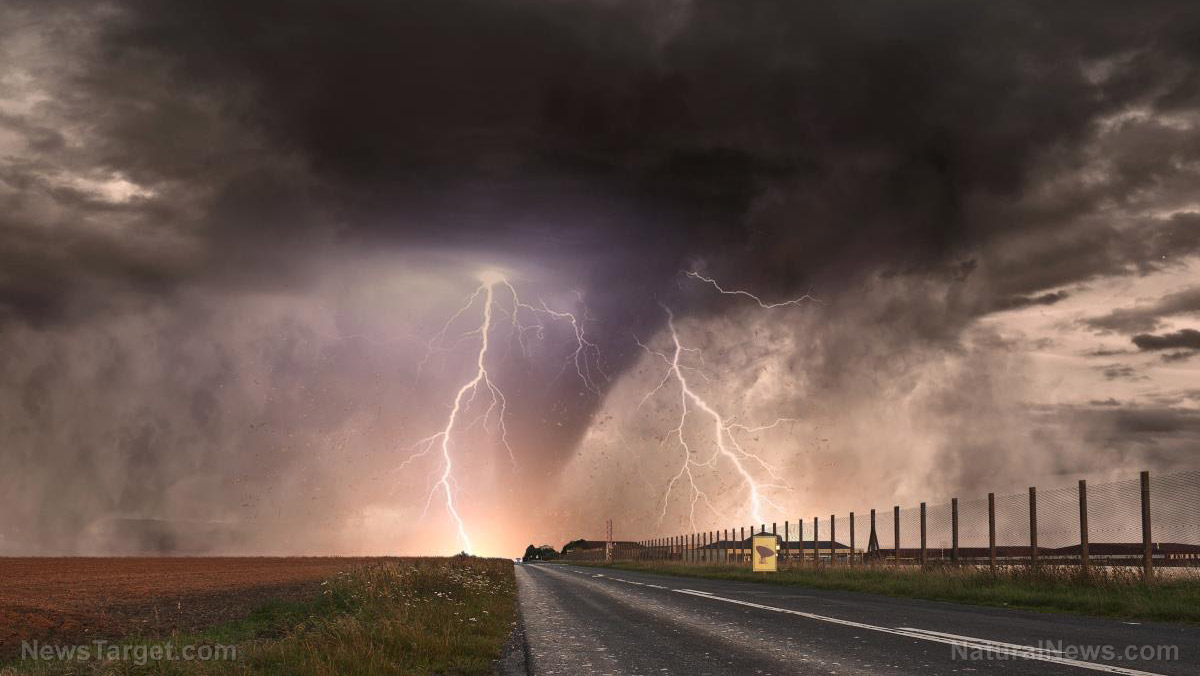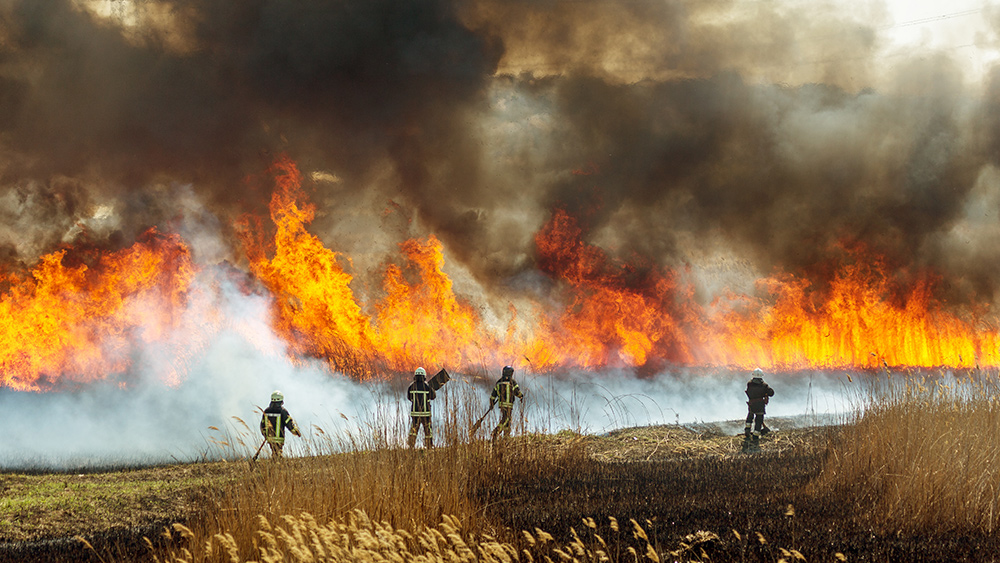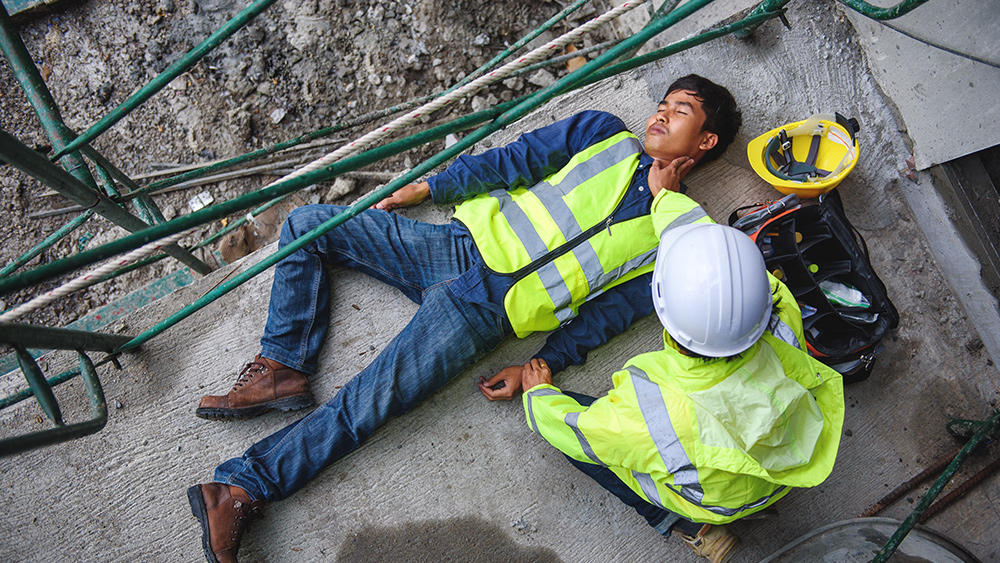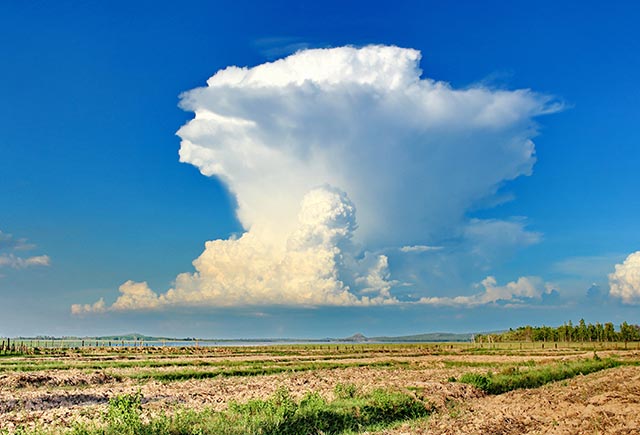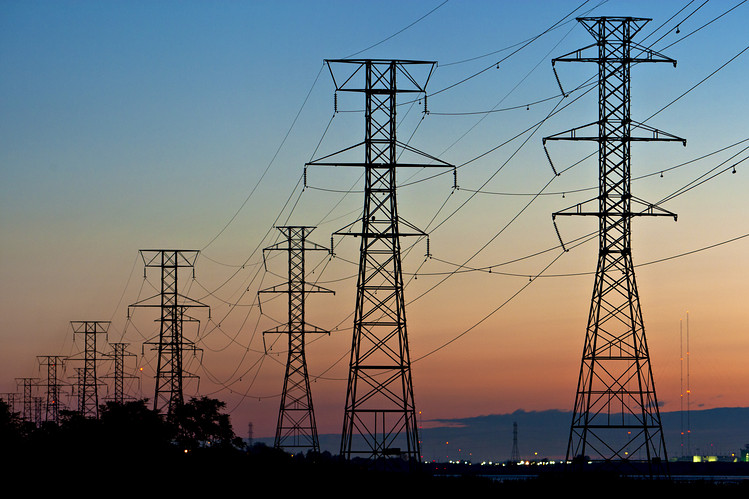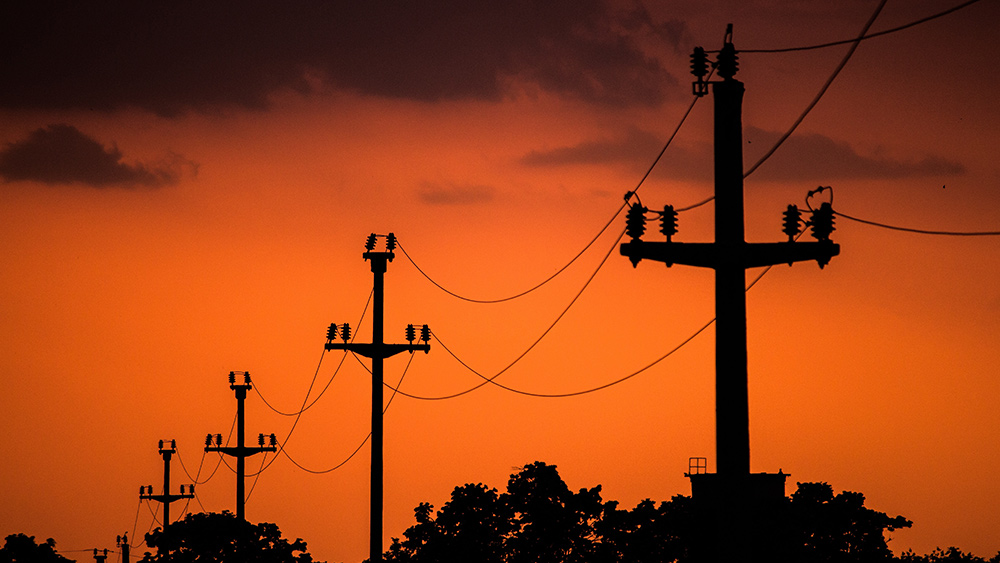America’s brutal heat wave is affecting domestic migration hotspots
08/17/2023 / By Cassie B.
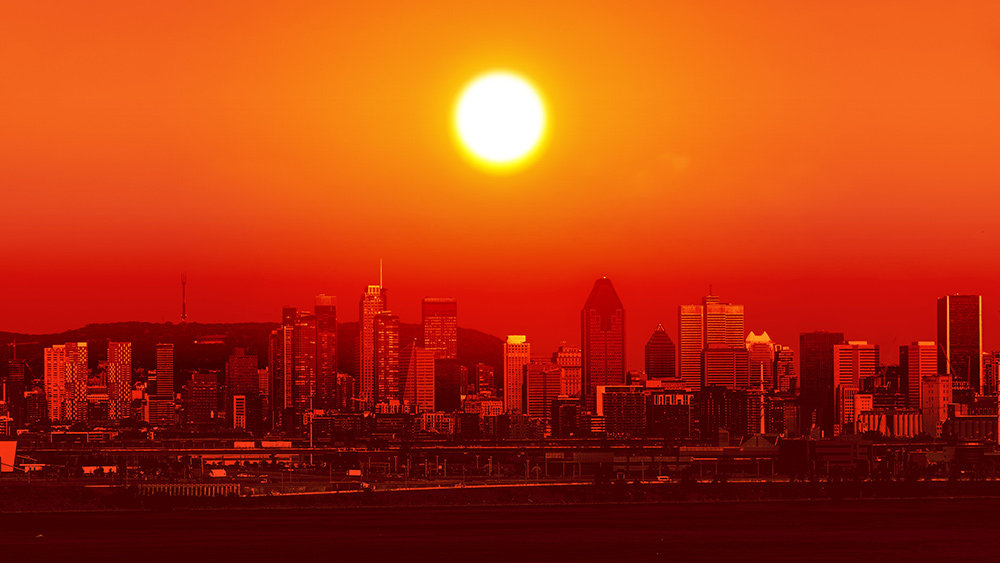
The relentless record-breaking heat wave that has been affecting the U.S. this summer is being felt most acutely in some of the nation’s fastest-growing cities, particularly among the elderly, who are especially vulnerable to the effects of the heat.
During the past decade, the Sun Belt was the site of 75 percent of America’s population growth, with the region overall now home to roughly half of the U.S. population. It is also home to 12 of the country’s 15 fastest-growing cities.
The Sun Belt is the southern part of the U.S., stretching from Florida to California and encompassing Georgia, South Carolina, Mississippi, Alabama, Texas, Louisiana, Nevada and Arizona along its path. Some of the major cities found in the belt include Miami, Phoenix, Dallas, Atlanta, Los Angeles, Las Vegas, New Orleans, Houston and Orlando.
While Americans have been moving from elsewhere in the country to these states for some time now, the trend has intensified since the pandemic. For example, from the beginning of April 2020 to July 1, 2022, Florida and Texas saw their combined population grow by 1.5 million residents. Florida’s growth has largely been driven by migration from the Midwest and Northeast.
Many of the areas that seniors have been drawn to when relocating after retirement are those that have been hit the hardest with the record-setting heat wave. For example, Maricopa County, Arizona, where Phoenix is located, saw more than 68,000 people aged 65 or older move there from 2008 to 2021, topping the nation when it comes to elderly migrants. It also spent a weeks-long run as one of the hottest counties in the nation, experiencing a heat index that approached 120 degrees at times this summer.
Seniors are increasingly moving to the nation’s hottest cities and taking on the risks of heat exposure
One problem is the fact that seniors are more vulnerable to extreme heat due to the reduction in their body’s ability to retain its temperature that comes with age. The effect is particularly pronounced in those with chronic illnesses such as diabetes or heart disease.
According to Dr. Neelu Tummala of George Washington University’s Climate Health Institute, “Older bodies are less efficient at pumping blood to the skin and less efficient at sweating,” which makes it harder for them to cool themselves down, in addition to making it more difficult for their heart to pump. Moreover, some commonly prescribed medications many seniors take, such as beta blockers and diuretics, can make it harder for them to notice when they are dehydrated, raising the risk of problems like kidney disease.
Unfortunately, while some retirees have the financial means to deal with the heat with round-the-clock air conditioning and other comforts, others are more vulnerable. Medical professionals and first responders in Phoenix have said that they are worried about elderly people who fall down and are unable to get up on days when the pavement outside can be hot enough to be fatal. For example, one doctor reported seeing an elderly woman who fell out of her wheelchair and was unable to get up off a hot patio for five minutes who ended up sustaining third-degree burns.
They are also concerned about those who live without air conditioning and what could happen in the event of an extended power outage, which is exactly what happened at an RV park in Mesa for around 24 hours on a day when temperatures hit 118 degrees. A recent study showed that a blackout during a heat wave in Phoenix could kill thousands of individuals. Another study found that the number of people aged 69 and older dealing with extreme heat exposure could more than double by the year 2050 as seniors increasingly flock to the Sun Belt.
Sources for this article include:
Submit a correction >>
Tagged Under:
Arizona, California, chaos, Climate, Collapse, dangerous, dehydration, Ecology, environment, extreme heat, health science, heat wave, Maricopa County, migrants, oanic, retirement, senior citizens, seniors, Sun Belt, Texas, weather terrorism
This article may contain statements that reflect the opinion of the author
RECENT NEWS & ARTICLES
COPYRIGHT © 2017 WEATHER TERRORISM

